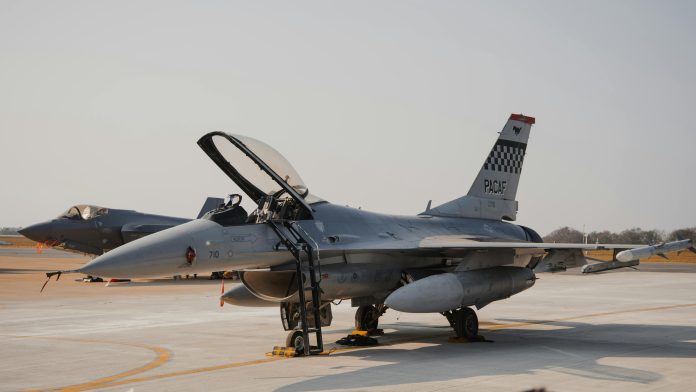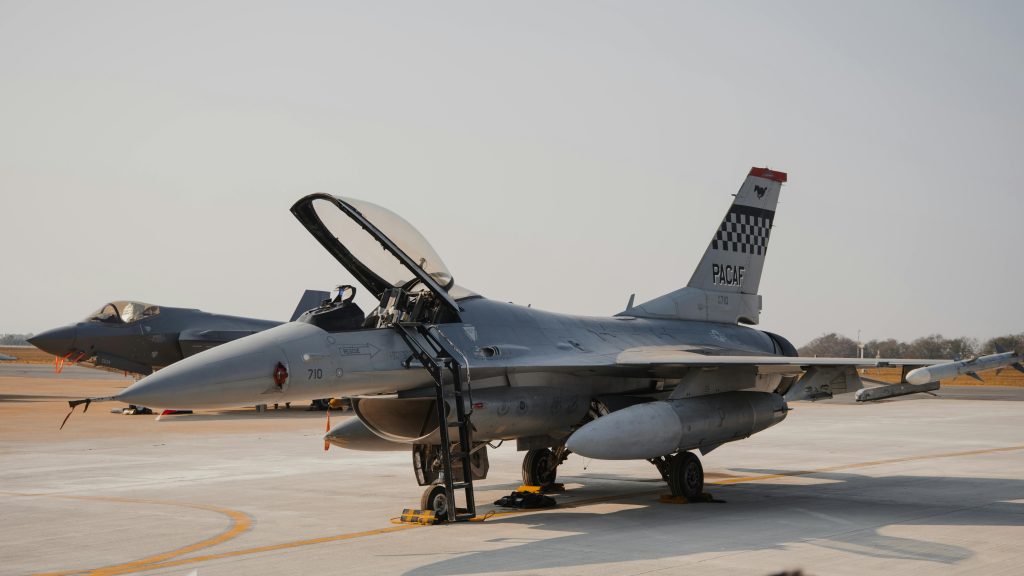
“Low altitudes make it possible for aircraft to evade radar detection especially in low-visibility conditions or over areas covered by air defense systems of limited reach,” said Militarnyi, a Ukrainian military news website. That one sentence captures the game of high-stakes chess being played over Ukraine’s contested skies, where old-school piloting skill and new-fangled ordnance are redefining the game.
Last week’s destruction of a Russian drone command center by a Ukrainian MiG-29 using U.S.-supplied GBU-39 bombs is more than another battle report. It’s a vivid case study on the evolution of airpower, precision weapons, and constant improvisation by both sides in a war defined by electronic combat and breakneck innovation. The following are seven perceptive observations of this campaign and the overall environment, providing a glimpse into the strategies, technology, and strategic lessons that characterize the future of air warfare.
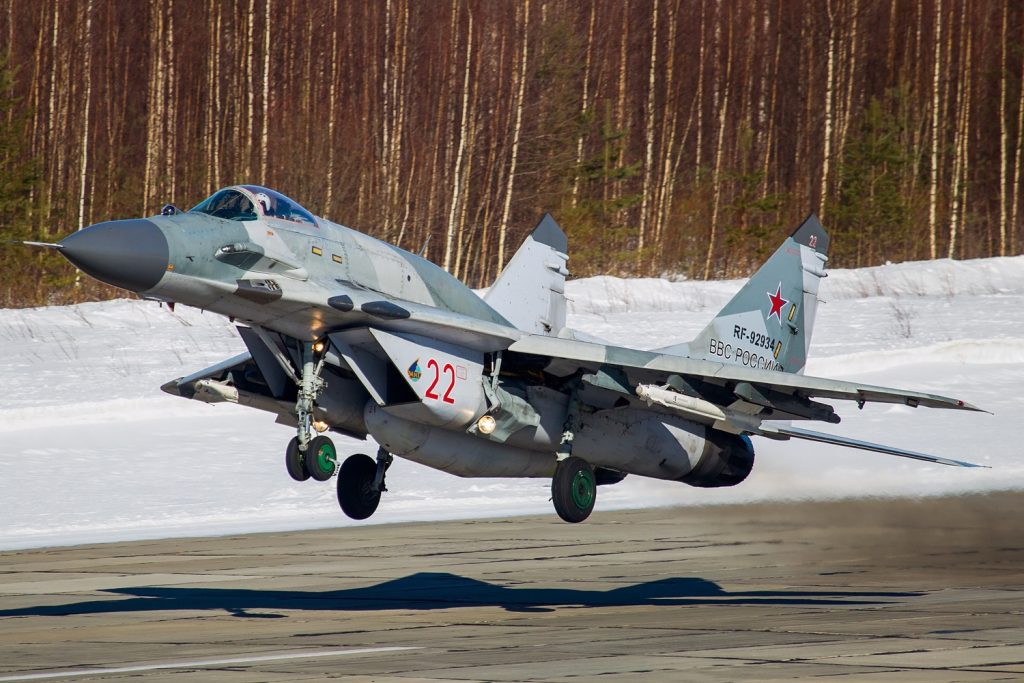
1. Ultra-Low Altitude: The Art of Evading Modern Air Defenses
The Ukrainian MiG-29’s attack on the Russian drone command center in Zaporizhzhia was not a routine flight. Reaching an “ultra-low altitude,” the pilot utilized the ground to dip below the radar horizon of Russian air defense systems. The NOE flying technique is a very risky one that requires extensive skill and steel nerves.
As Militarnyi describes, such low-level flight is priceless in regions saturated with high-quality anti-air threats. By hugging the ground and utilizing natural concealment, the aircraft avoided detection and increased its potential for mission accomplishment. The danger is real high-speed terrain-following leaves little margin for error but the payoff is clear: penetration of highly defended airspace.
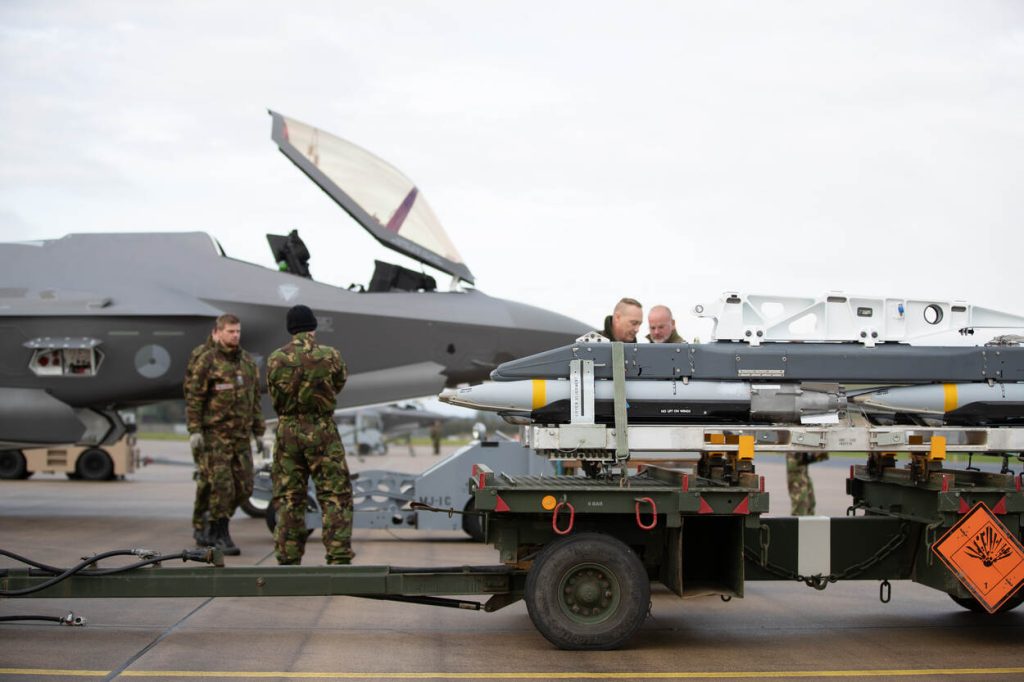
2. GBU-39: Soviet Airframes Get Married to Small Precision
The GBU-39 Small Diameter Bomb, a GPS/INS-guided, 250-pound precision munition, has been aMiG-29 game-changer for Ukraine’s aging inventory. Originally designed for U.S. fighters, the small size and GPS/INS guidance of the bomb allow for extended range, pinpoint accuracy even from retrofitted Soviet aircraft.
With fold-down wings and a tungsten nose capable of penetrating reinforced concrete, the GBU-39 enables Ukrainian pilots to strike priority targets from the security of stand-off distances. As reported by Irregular Warfare Initiative, the use of these Western bombs in MiG-29s attests to the speedy adjustment and technical innovation of Ukraine, making full use of scant aerial assets.
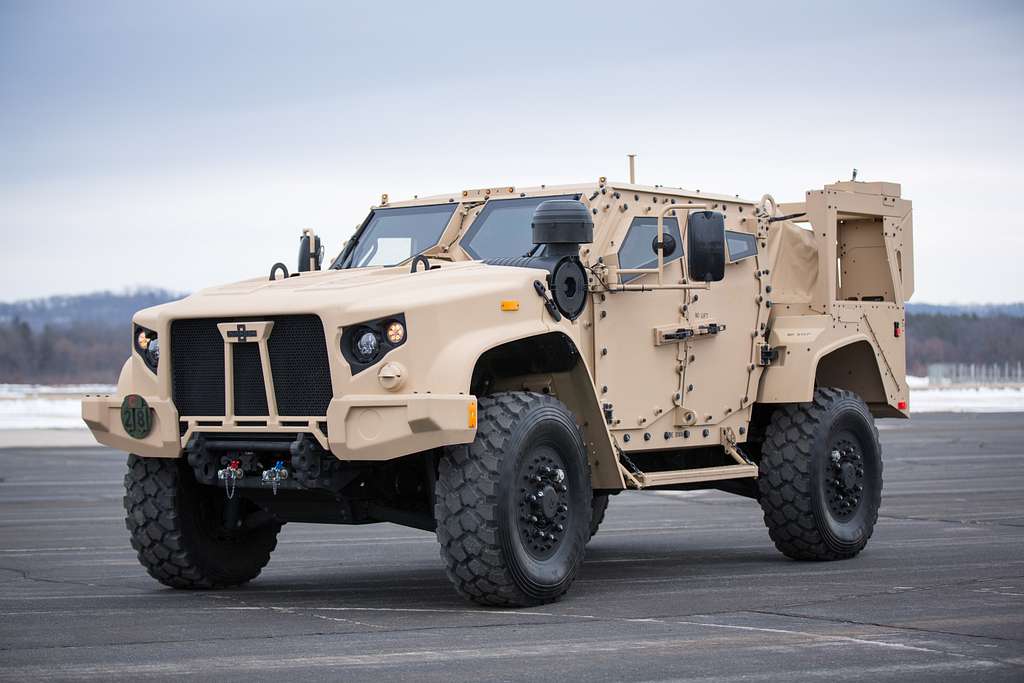
3. The Video That Filmed a Tactical Revolution
Video clips shared on the Air Fighter Telegram channel provided an extremely rare, cockpit-level view of the mission. The video showed the low-level approach of the MiG-29, the momentary bomb drop as it achieves high afterburners, and even a spectacular 360-degree barrel roll as it exits the target zone.
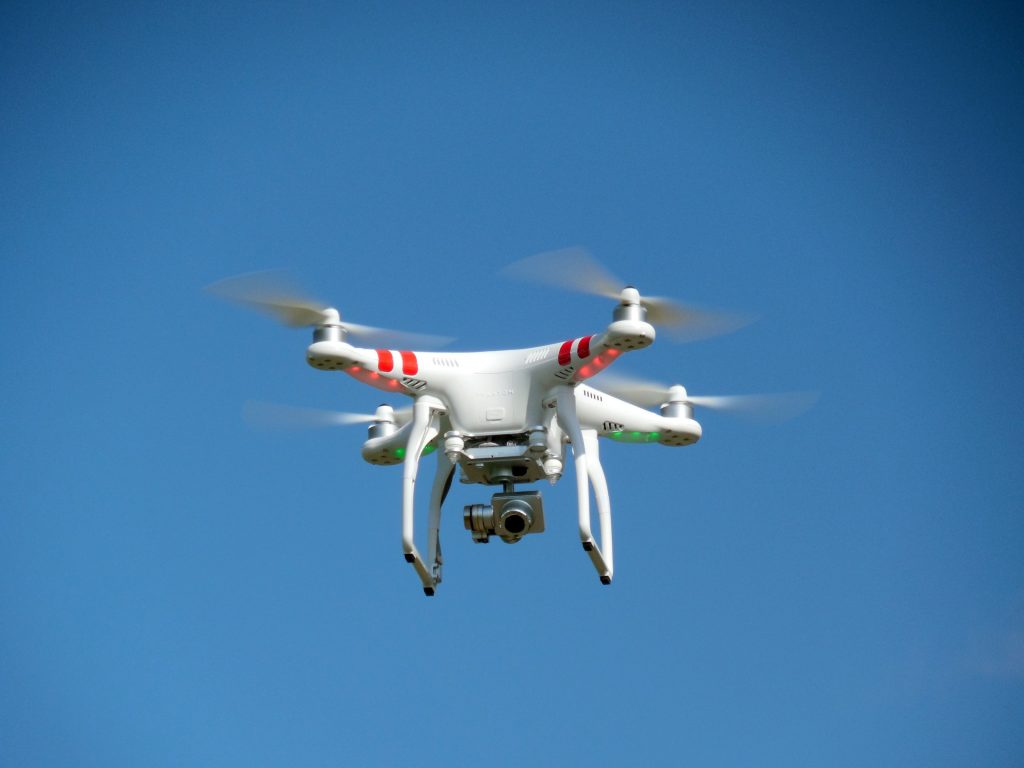
A second perspective, taken by a presumed spy drone, captured the devastation of the Russian command center concealed behind an avenue of trees. The two views not only document the precision of the strike but also hint at the growing symbiotic partnership of manned and unmanned platforms in warfare today.
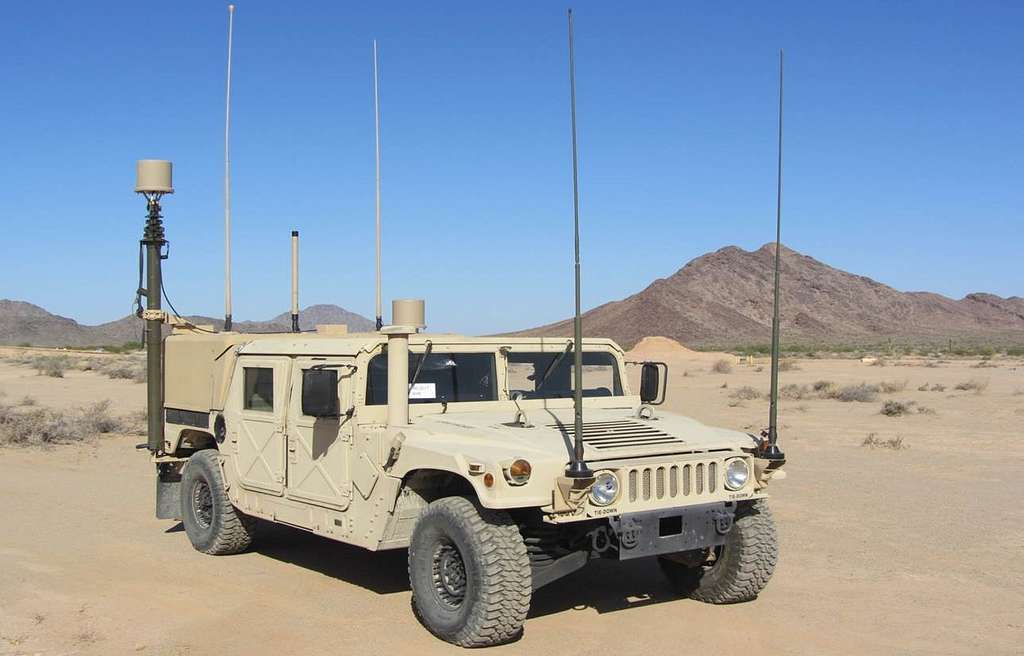
4. Electronic Warfare: The Invisible Battlefield
Whereas precision bombs like the GPS-guided GBU-39 offer breathtaking accuracy, their effectiveness is being more and more foiled by Russian electronic warfare. As the Hudson Institute’s Bryan Clark described, Russian troops have saturated the front with GPS spoofers and jammers, reducing Western precision weapons’ efficacy to as low as 6 percent from a high of 70 percent.
This cyber warfare has forced Ukraine to couple real-time drone surveillance with bold, adaptive strike protocols. The result is a continuous technologic race, where the margin between victory and defeat can rest upon the invisible war of electromagnetic dominance.
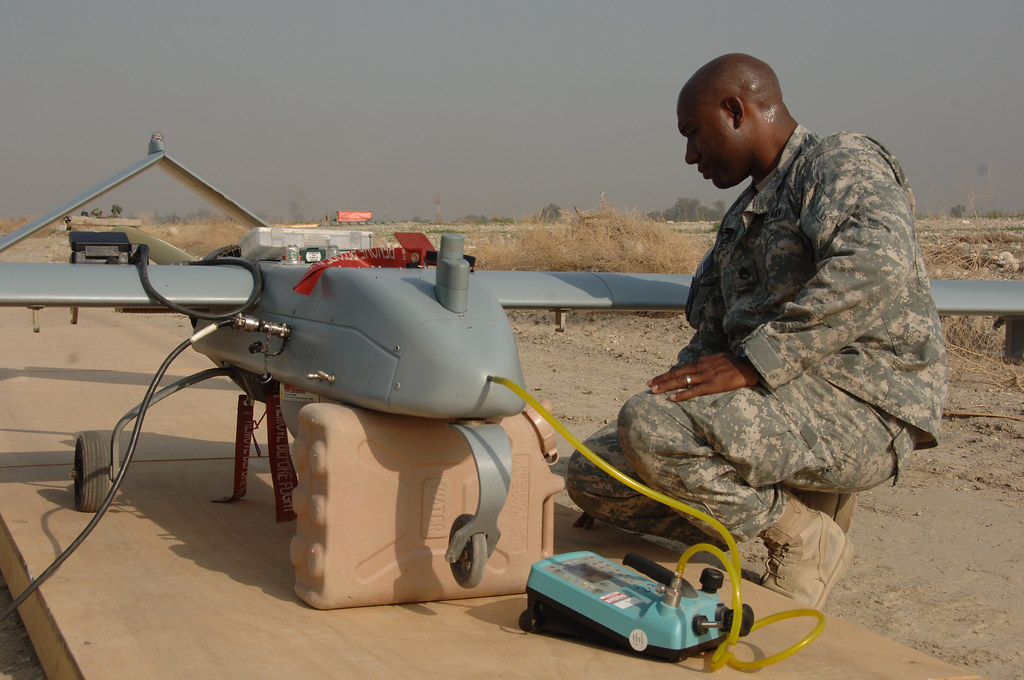
5. SEAD: Suppression of Enemy Air Defenses as a Strategic Campaign
The Ukrainian Suppression of Enemy Air Defenses (SEAD) strategy has evolved into an attrition campaign. Rather than relying on massed, coordinated strike runs by themselves, Ukrainian forces sometimes augmented by special operations and drone troops conduct persistent, small-scale raids against Russian radar, missile batteries, and jamming elements.
This strategy not only forms temporary air corridors but systematically depletes Russia’s expensive and limited air defense arsenal. Ukrainian air and UAV capabilities therefore enjoy greater freedom of action, inducting them to penetrate further and carry out more effective battlefield reconnaissance.
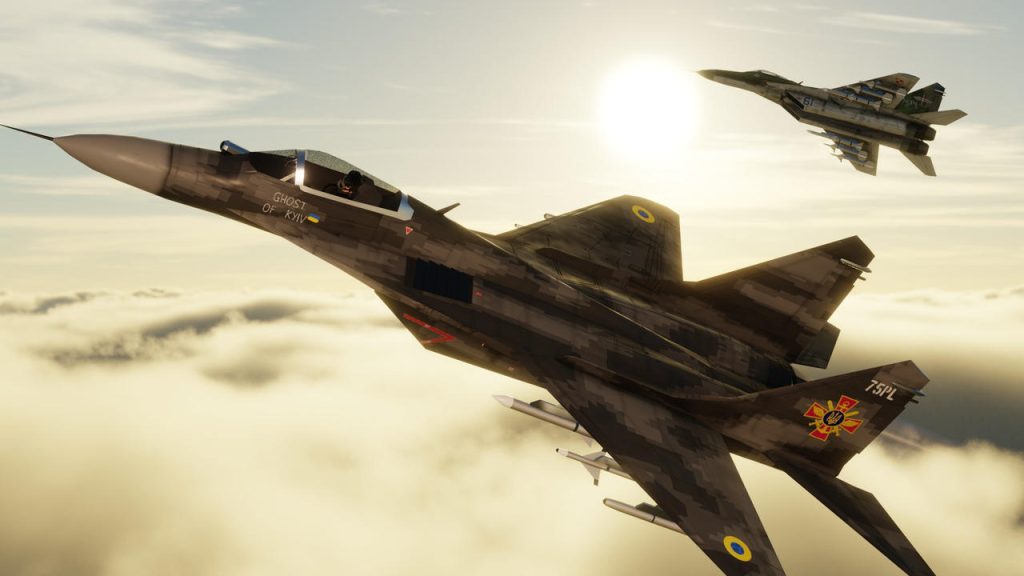
6. MiG-29 Upgrade: From Soviet Relic to Cutting-Edge Strike Platform
Ukraine’s MiG-29 fleet inherited from the Soviet era has been subjected to major overhauls in order to remain competitive. The aircraft have avionics of NATO standard, GPS/INS navigation, and the capability of using Western weapons such as the GBU-39 and AGM-88 HARM, Irregular Warfare Initiative reports.
With improved radar, camouflage upgrades, and integration of Soviet as well as Western missiles, the MiG-29s demonstrate how innovation and flexibility can bring back old platforms.

7. Lessons for NATO and the Future of Air Warfare
The Ukrainian experience is filled with much that NATO and allied air forces have to learn. As one U.S. Air Force strategist, Daniel “Droid” Sullivan, stated, the interaction between special operations, unmanned systems, and precision airpower is remaking the SEAD mission.
The ability to integrate substitute reconnaissance, rapid targeting, and versatile strike packages is presently essential to flying in contested airspace. For Western strategists, the Ukrainian experience reaffirms the value of flexible doctrine, timely incorporation of technology, and relentless innovation in the face of shifting threats.
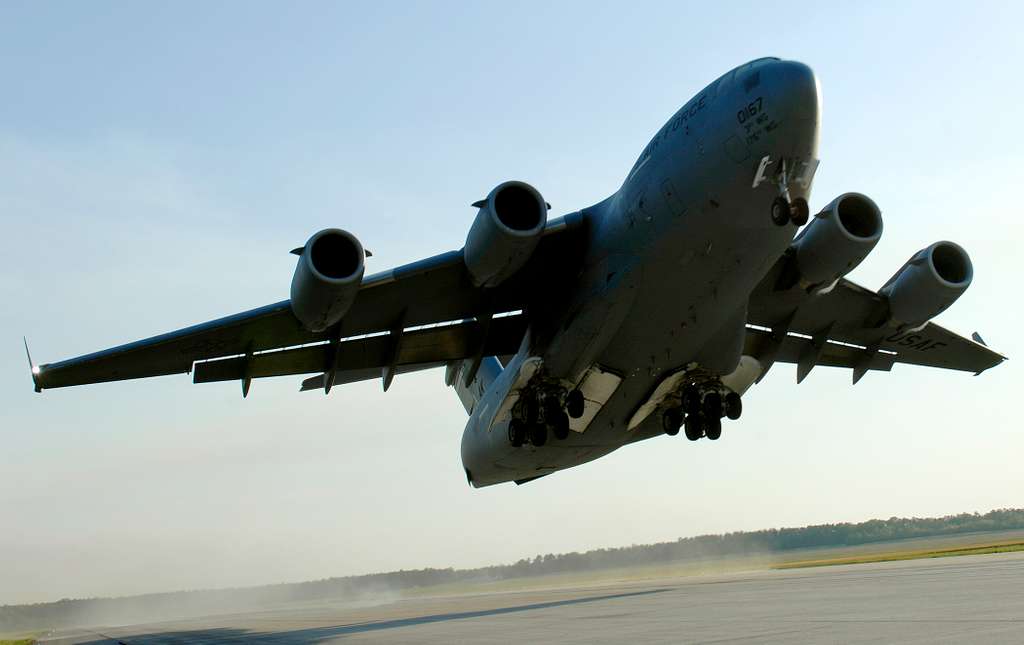
The July 14th strike against Zaporizhzhia was more than a tactical triumph; it was a small snapshot of the new realities of aerial warfare. From ultra-low missions and next-generation weaponry to the invisible fight of electronic warfare, Ukraine’s transformation is calling the shots for future wars. For defense professionals and airpower practitioners, these developments are not just headlines they are a preview of the challenges and possibilities that will define the next era of air war.
